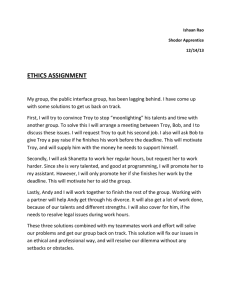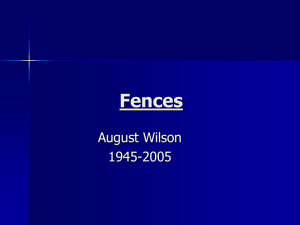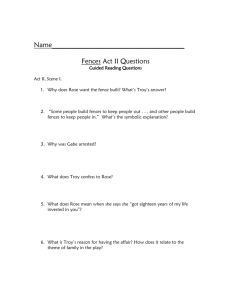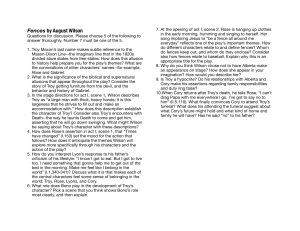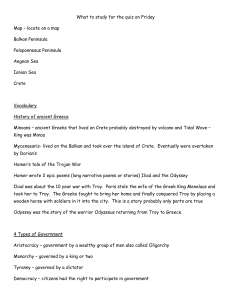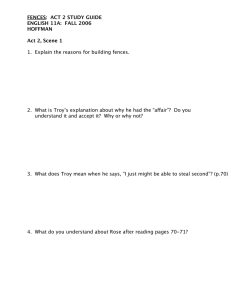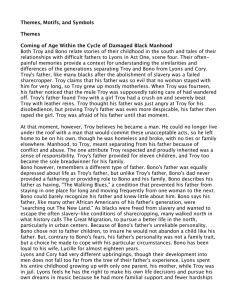AP English III/Dual Credit Spring Semester Exam Review Grammar
advertisement
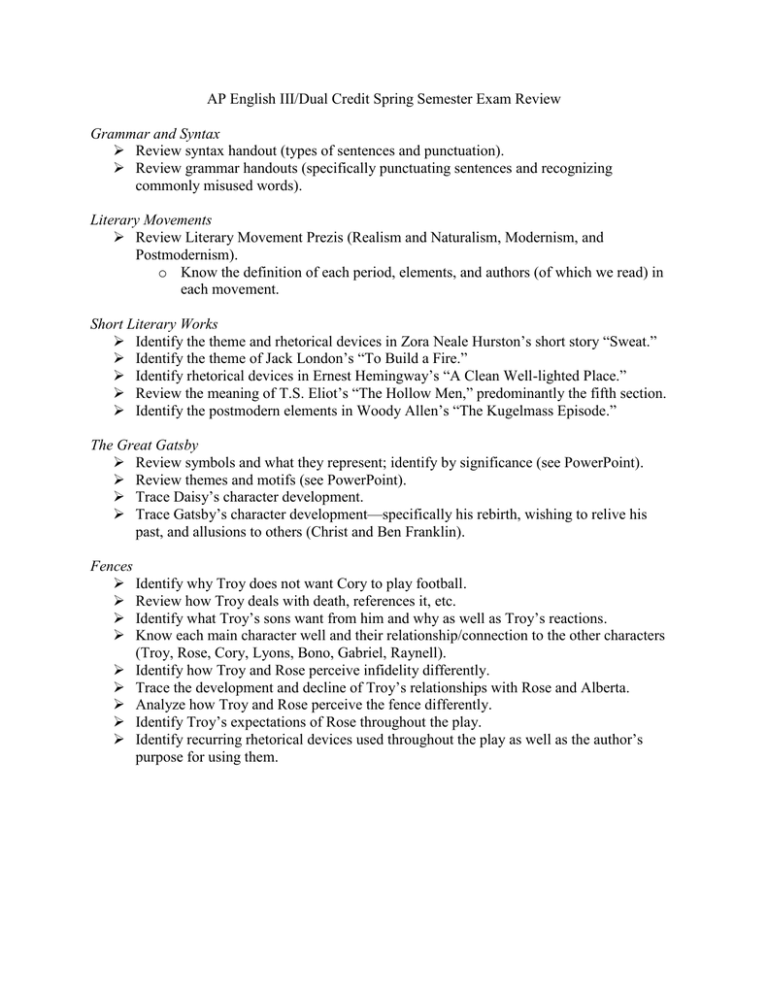
AP English III/Dual Credit Spring Semester Exam Review Grammar and Syntax Review syntax handout (types of sentences and punctuation). Review grammar handouts (specifically punctuating sentences and recognizing commonly misused words). Literary Movements Review Literary Movement Prezis (Realism and Naturalism, Modernism, and Postmodernism). o Know the definition of each period, elements, and authors (of which we read) in each movement. Short Literary Works Identify the theme and rhetorical devices in Zora Neale Hurston’s short story “Sweat.” Identify the theme of Jack London’s “To Build a Fire.” Identify rhetorical devices in Ernest Hemingway’s “A Clean Well-lighted Place.” Review the meaning of T.S. Eliot’s “The Hollow Men,” predominantly the fifth section. Identify the postmodern elements in Woody Allen’s “The Kugelmass Episode.” The Great Gatsby Review symbols and what they represent; identify by significance (see PowerPoint). Review themes and motifs (see PowerPoint). Trace Daisy’s character development. Trace Gatsby’s character development—specifically his rebirth, wishing to relive his past, and allusions to others (Christ and Ben Franklin). Fences Identify why Troy does not want Cory to play football. Review how Troy deals with death, references it, etc. Identify what Troy’s sons want from him and why as well as Troy’s reactions. Know each main character well and their relationship/connection to the other characters (Troy, Rose, Cory, Lyons, Bono, Gabriel, Raynell). Identify how Troy and Rose perceive infidelity differently. Trace the development and decline of Troy’s relationships with Rose and Alberta. Analyze how Troy and Rose perceive the fence differently. Identify Troy’s expectations of Rose throughout the play. Identify recurring rhetorical devices used throughout the play as well as the author’s purpose for using them.
